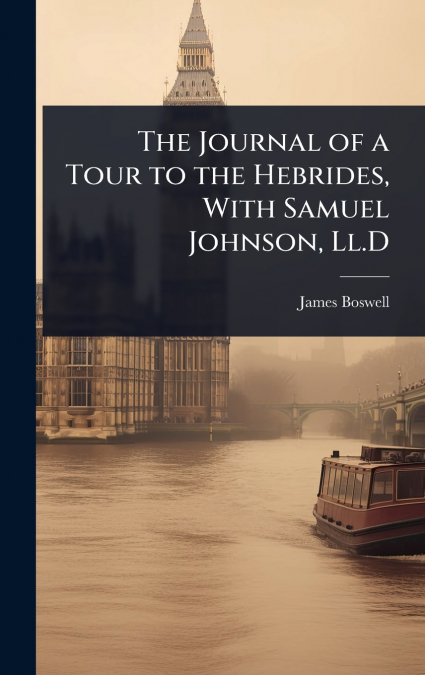
James Boswell
“The Journal of a Tour to the Hebrides” is James Boswell’s celebrated account of his journey through Scotland with the eminent Dr. Samuel Johnson in 1773. More than a simple travelogue, Boswell’s journal offers intimate glimpses into the character and intellect of Johnson, capturing his wit, wisdom, and often-acerbic opinions on a wide range of subjects. Boswell meticulously records their conversations and observations, providing invaluable insights into 18th-century Scottish life, culture, and landscape.From Edinburgh to the remote Hebridean islands, Boswell paints a vivid portrait of a land undergoing profound social and economic change. His detailed descriptions of encounters with local inhabitants, historical sites, and the natural environment make this journal a vital historical and literary document. Beyond its historical significance, “The Journal” remains a captivating read, showcasing the unique dynamic between Boswell and Johnson, two of the most remarkable figures of their age. This edition allows a new generation to rediscover this timeless classic.This work has been selected by scholars as being culturally important, and is part of the knowledge base of civilization as we know it. This work was reproduced from the original artifact, and remains as true to the original work as possible. Therefore, you will see the original copyright references, library stamps (as most of these works have been housed in our most important libraries around the world), and other notations in the work.This work is in the public domain in the United States of America, and possibly other nations. Within the United States, you may freely copy and distribute this work, as no entity (individual or corporate) has a copyright on the body of the work.As a reproduction of a historical artifact, this work may contain missing or blurred pages, poor pictures, errant marks, etc. Scholars believe, and we concur, that this work is important enough to be preserved, reproduced, and made generally available to the public. We appreciate your support of the preservation process, and thank you for being an important part of keeping this knowledge alive and relevant.